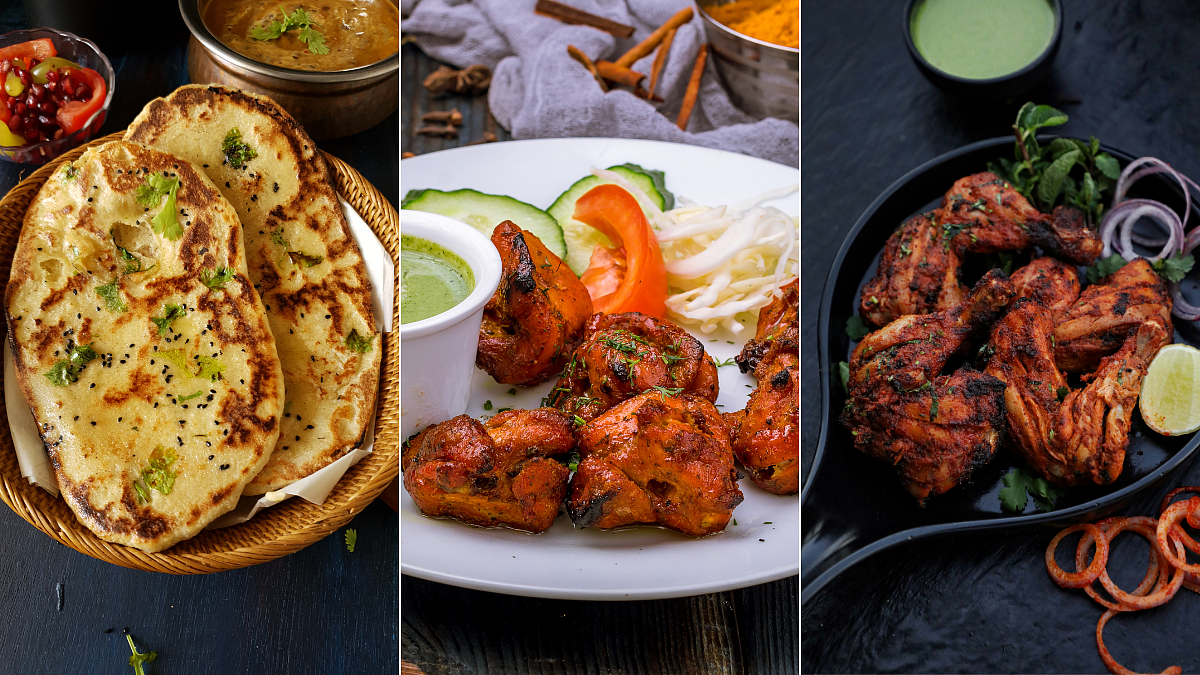The Karnataka government has banned gobi manchurian and cotton candy because of adverse effects of artificial colouring in food items. The decision was taken due to its effect on human health and increasing usage in modern food technology.
You find artificial colours in food products like cotton candy, sweet candy, cereals, potato chips, sauces, ice-creams and in various drinks. Artificial Colours that are currently used the most in food are Red No. 5 (Erythrosine), Red No. 40 (Allura Red), Yellow No. 5 (Tartrazine), Yellow No. 6 (Sunset Yellow), Blue No. 1 (Brilliant Blue), and Blue No. 2 (Indigo Carmine).
Let’s understand what are some of the side effects of artificial colours on health:
Potential Cancer
There is no evidence of cancer-causing effects from food colours but Blue 2 has been linked to an increase in brain tumours at high dose. Red 3 has been proven to elevate the risk of thyroid tumours in rats. Despite its limited use, it is still found in items like maraschino cherries and candies.
Causes Allergic Reactions
Certain food colours like Blue 1, Red 40, Yellow 5 and Yellow 6, can trigger allergic reactions in sensitive individuals. For instance, yellow 5 has been linked with aspirin allergies and asthma. Research has also suggested that those with chronic hives or swelling are 52% more prone to reacting to food colouring. If you encounter any discomfort after consuming such additives, it is crucial to take action and seek medical help.
Hyperactivity especially in Children
Concerns over artificial food colours potentially leading to hyperactivity and learning disability surfaced in the 1970s with limited scientific proof. These effects have prompted parental caution and keeping it a relevant issue in present and future as well. Recent studies have revealed a modest yet notable link between artificial food colours and increased hyperactivity in children.
Impact on inflammation and immune system
Consuming foods with artificial dyes can trigger inflammation and compromise the immune system’s function. These colours contain small molecules that can attach to protein in the body, causing disruptions in the immune system.





.jpg)
